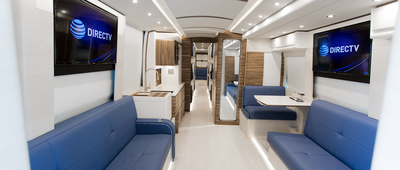TRANSIT FOR ALL
Public transportation can be difficult to navigate even when you're perfectly able. If you aren't, it can be yet another obstacle to overcome. In cities where the public transportation system predates the Americans with Disabilities Act by more than a century, public transit is still highly unfriendly to people who use wheelchairs — though that doesn't necessarily mean cities with more modern amenities are doing all they can to keep people in wheelchairs mobile. We consulted with several sources and found the best and worst cities for people with wheelchairs to navigate via public transportation, parts of which can matter also to people with strollers or even lots of luggage.







































